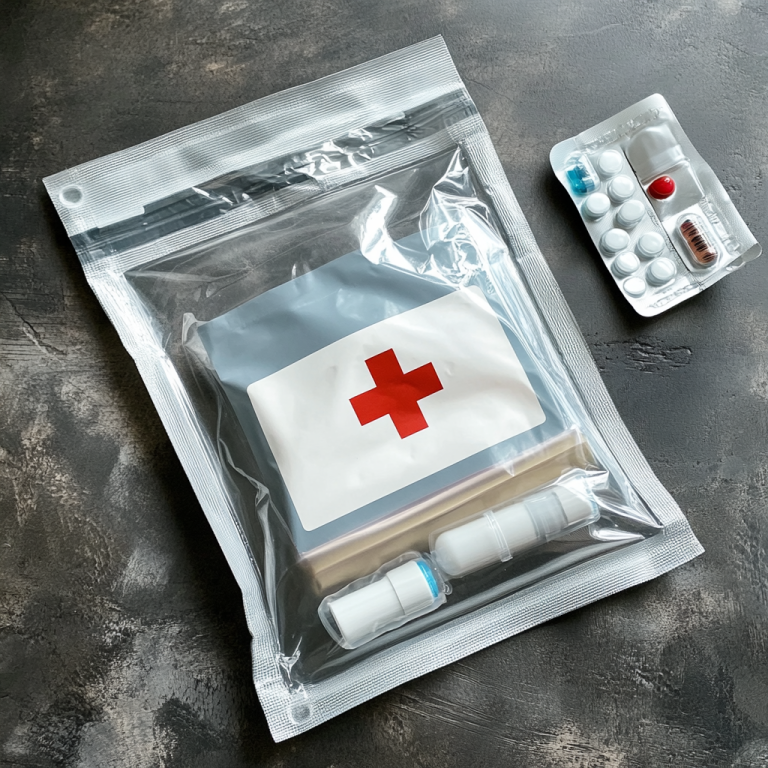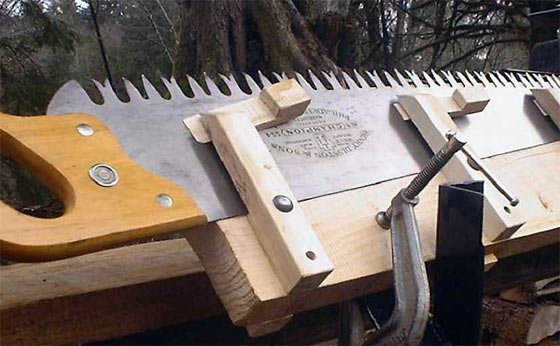Written by Bernie Carr
As I write this, I hear fire alarms going off at a neighboring unit in another section of the building. I already called the management office and they told me it was an electrical problem and there was no fire to be concerned about. When it comes to fire safety, you can never be too prepared.
Living as renters, conducting a family fire drill in an apartment setting is crucial for ensuring the safety of your loved ones. In this comprehensive guide, we will walk you through the steps to conduct an effective fire drill in your apartment, helping you stay safe in case of an emergency.
Why Conduct a Family Fire Drill in an Apartment?
Before we dive into the specifics, let’s look at why a family fire drill is essential for apartment dwellers:
- Escape Routes: Apartments have various exit options and it is important to be aware of all of them. Knowing how to navigate these routes is vital in an emergency.
- High Population Density: Apartment buildings house many families in close proximity. A well-executed fire drill can help prevent chaos and ensure everyone’s safety.
- Fire Spread Risks: Fires can spread quickly in apartment buildings due to shared walls and corridors. Being prepared is critical to minimize damage and save lives.
Step 1: Create a Fire Escape Plan
Start by developing a fire escape plan tailored to your apartment’s layout. Here’s what you should include:
- Map It Out: Create a floor plan of your apartment, highlighting all exits, including doors and windows.
- Identify Stairwells: Locate the nearest stairwell and understand how to access it from your apartment.
- Choose a Meeting Point: Select a meeting point outside the building, such as a nearby park or a neighbor’s apartment building, that’s easily accessible and far from the danger zone.
- Assign Roles: Assign specific tasks to each family member, such as grabbing important documents, assisting children or pets, or leading the way during the drill.
Step 2: Check your Smoke Alarms
Ensure your apartment is equipped with functioning smoke alarms. These alarms are your early warning system in case of a fire. Test them regularly and replace the batteries at least once a year. While you’re at it, install a carbon monoxide detector as well.
Step 3: Conduct the Fire Drill
On the day of the drill, follow these steps:
- Sound the Alarm: Use your smoke alarm or a loud noise to signal the start of the drill.
- Evacuate Quickly: Everyone should immediately exit the apartment following the escape routes you’ve planned.
- Stay Calm: Remind your family to stay calm and follow the plan. Avoid using elevators, as they may become inoperable during a fire.
- Meet at the Designated Point: Gather at the designated meeting point outside the building. Take attendance to ensure everyone is accounted for.
- (Pretend to) Call 911: This is just a drill so no need to call 911 but this step involves instructing one family member to call 911 once you’ve reached the meeting point. The designated caller should inform the operator of your location and the situation.
Step 4: Practice, Practice, Practice
Now that you have a plan in place and working smoke alarms, it’s time to practice. Follow these steps for effective drills:
- Schedule Regular Drills: Aim for a minimum of two fire drills per year. Make them a family event so everyone gets involved.
- Simulate Realistic Scenarios: Vary the scenarios, such as blocking certain exits or simulating a nighttime emergency. This prepares your family for different situations.
- Practice Safe Techniques: Teach family members to stay low to the ground to avoid smoke inhalation and how to check doors for heat before opening them.
Step 5: Review and Adjust
After each fire drill, gather your family to discuss what went well and what needs improvement. Adjust your escape plan based on feedback and practice accordingly. Share your experiences with neighbors to encourage their participation as well.
Bonus Step: Notify Your Neighbors
This is entirely optional but if you have a close relationship with your neighbors, you might want to consider coordinating with your neighbors. Inform them about your fire drill plans and ask if they’d like to participate or coordinate their own drills. This ensures everyone is on the same page and can assist each other in case of an emergency.
The Final Word
Conducting a family fire drill in an apartment setting is essential for your family’s safety. By creating a plan, and practicing regularly, you can significantly reduce the risks associated with a fire emergency in an apartment building. Remember, preparation and cooperation are key to ensuring the safety and well-being of your loved ones and your community. Stay safe!
About the author
Bernie Carr is the founder of Apartment Prepper. She has written several books including the best-selling Prepper’s Pocket Guide, Jake and Miller’s Big Adventure, The Penny-Pinching Prepper and How to Prepare for Most Emergencies on a $50 a Month Budget. Bernie’s latest e-book, FRUGAL DIY has just been released on Amazon. Her work appears in sites such as the Allstate Blog and Clark.com, as well as print magazines such as Backwoods Survival Guide and Prepper Survival Guide. She has been featured in national publications such as Fox Business and Popular Mechanics. Learn more about Bernie here.
FB: https://www.facebook.com/apartmentprepper
Instagram: https://www.instagram.com/apartmentpreppers/
Twitter: https://twitter.com/AptPrepper
YouTube: https://www.youtube.com/channel/UC7vOtdbo-wiBeBxD6puCr1Q
Patreon: https://patreon.com/apartmentprepper
Pinterest: https://www.pinterest.com/aptprepper/
Today’s societal climate not supportive of prepping. With your help, we can keep bringing you content that is often suppressed. Help keep Apartment Prepper alive.
Join me on Patreon for ad-free content.
Or Help out via Paypal




















